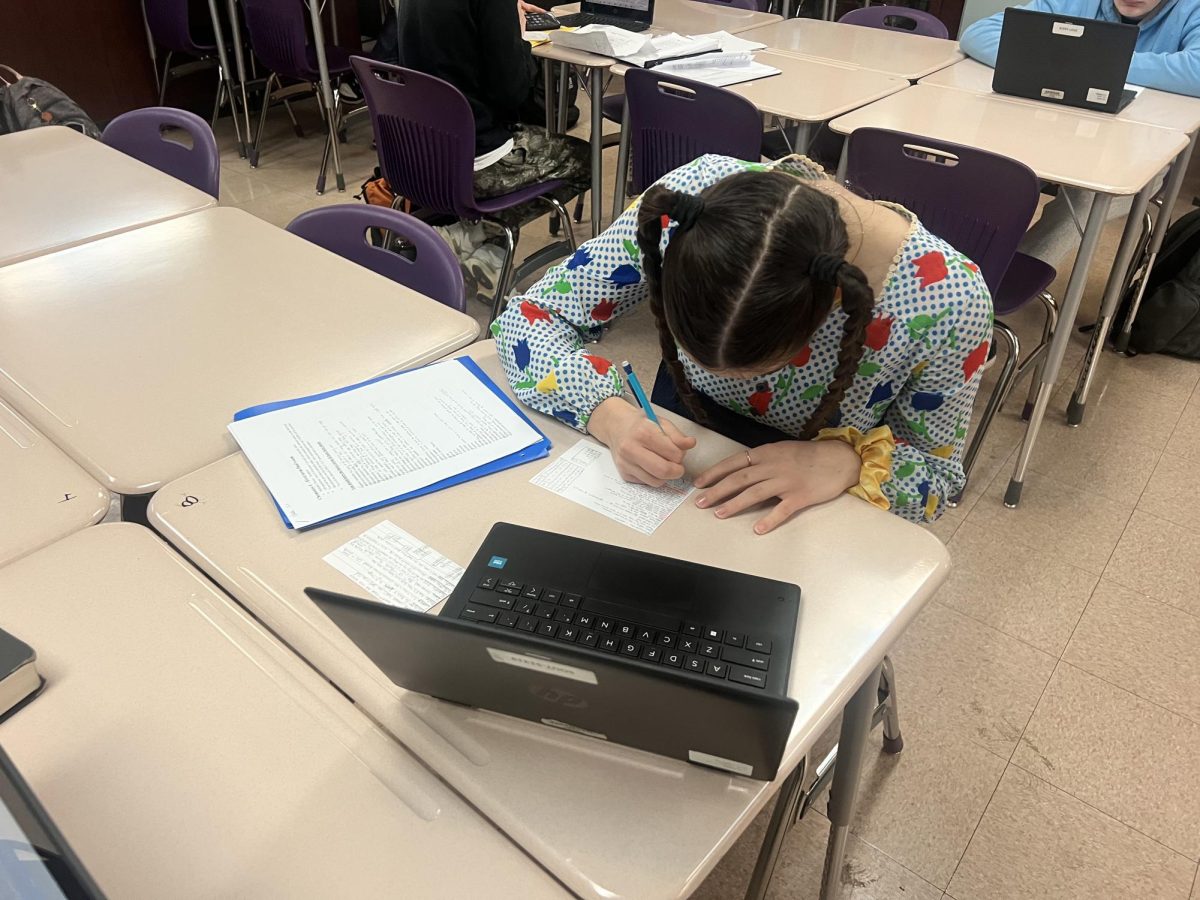South, as is typical of most buildings in Indiana, is far too dependent on coal powered energy.
Chris Ciolli, the Director of MCCSC Building Operations, said there are multiple coal plants from which we source our energy, none of which are in Bloomington. Amanda Figolah, the AP Environmental Sciences teacher, adds that one of them is in Indianapolis, more than 60 miles away.
The sources of our energy as well as our inefficient use of it is one of BHSS’ biggest contributions to the ongoing climate crisis. Ciolli and Figolah both believe it is South’s single most environmentally unfriendly aspect. However, it does not have to be this way.
Now, what can merely one high school realistically accomplish in fighting against climate change? The answer is: a lot! New and innovative solutions can help mitigate further climate change escalation have presented themselves to the public, and with technology progressing at an ever increasing rate, these creative solutions that previously seemed infeasible can, and have been, implemented in public institutions within our very own school corporation.
Already, solar panels have been installed at Templeton Elementary and Tri-North Middle School. South, with its flat roof and massive surface area, would be an excellent addition, according to senior Lara Breithaupt, who did research on South’s solar potential. Ciolli even added that solar power would be a “matter of ‘when’ rather than ‘if.’”
Monroe County Energy Challenge is a local effort to provide clean energy, and it has several partners: the City of Bloomington, Vectren Energy Foundation, Solar Indiana Renewable Energy Network (SIREN), Monroe County School Corporation, etc.
Why is this an example of a good resource? Because of its partners–the City of Bloomington could potentially help fund an energy initiative, Vectren Energy Foundation offers grants, and SIREN is partnered with several solar energy contractors. Figolah, who had previous experience with MCEC, said they gave a $22,000 grant for environmental teacher training before. Students could certainly receive a similar grant.
Additionally, the City of Bloomington also launched Solarize Bloomington, an initiative to incentivize solar energy by providing group-buy discounts on solar power. To date, Solarize Bloomington has allowed 3,900 kW of solar capacity to be added to Bloomington’s homes and buildings. A school could easily be incorporated into this, as the typical solar capacity of a high school is only 165 kW.
Beyond solar, South also has unconventional clean energy demonstration in our halls–the green tiles on the raised platform that generate energy with each step. The tiles, manufactured by Pave Gen, are energy efficient and harnesses the kinetic power created by walking on them to generate energy. They are also the only tiles of their kind in any American public institution! That’s right–BHSS has a renewable energy source that no other public institution has in the entire nation.
Additionally, Figolah said the $24,000 that bought the tiles came from a student-applied grant. Breithaupt emphasized that student efforts would aid in convincing administrators to implement change, and Ciolli even encouraged student led campaigns that partner with outside organizations with the goal of funding projects.

